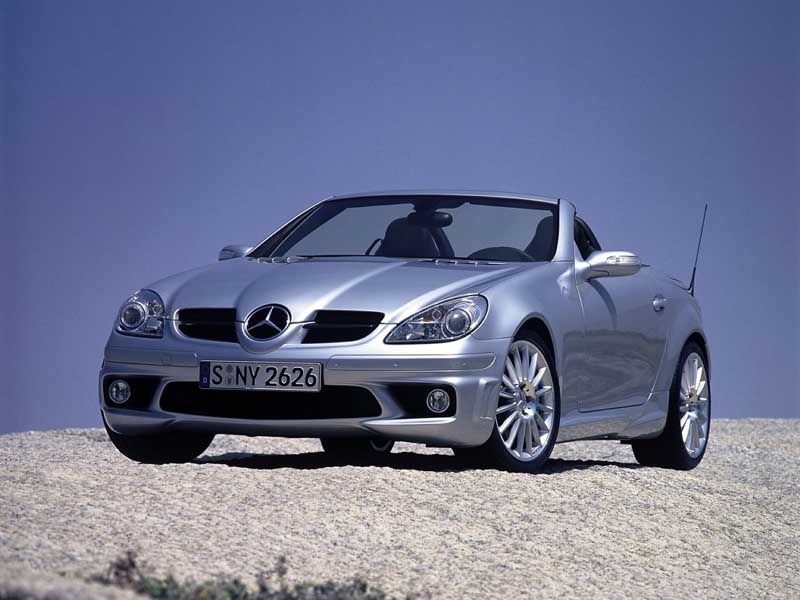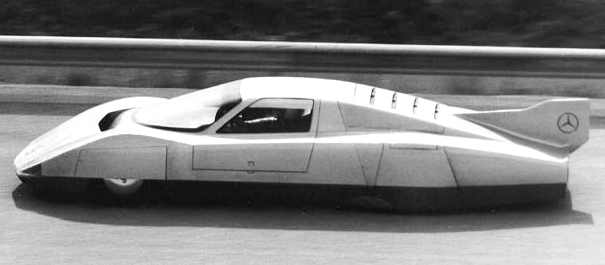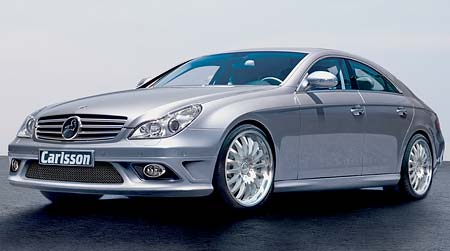 Yellow Smart Car - Minicar
Yellow Smart Car - Minicar
Wednesday, June 30, 2010
Monday, June 28, 2010
Mercedes Benz Cars Pictures and History
Since its inception, Mercedes-Benz had a reputation for quality and durability. Objective measures looking at passenger vehicles such as JD Power surveys showed a decline in the reputation of this approach in the 1990s and early 2000s. In mid-2005, Mercedes returned temporarily to the industry average for initial quality, a measure of problems after the first 90 days of ownership, according to JD Power. JD Power's Initial Quality Survey for the first quarter of 2007, Mercedes showed dramatic improvement in the escalating 25-5 th place, surpassing quality leader Toyota and earning several awards for its models.

Mercedes Benz Picture

Mercedes Benz

Mercedes Benz
For 2008, Mercedes-Benz initial improvement in the rating for another brand, now in fourth place. In addition to this distinction, which also received the Quality Award for its Platinum Plant Mercedes Sindelfingen, Germany assembly plant. Since 2009, Consumer Reports of the United States has changed its reliability ratings for various Mercedes-Benz vehicles to the "average", and recommending the E-Class and S Class
Mercedes Benz

Mercedes Benz

Mercedes Benz

Mercedes Benz

Mercedes Benz Cars Pictures and History
Since its inception, Mercedes-Benz had a reputation for quality and durability. Objective measures looking at passenger vehicles such as JD Power surveys showed a decline in the reputation of this approach in the 1990s and early 2000s. In mid-2005, Mercedes returned temporarily to the industry average for initial quality, a measure of problems after the first 90 days of ownership, according to JD Power. JD Power's Initial Quality Survey for the first quarter of 2007, Mercedes showed dramatic improvement in the escalating 25-5 th place, surpassing quality leader Toyota and earning several awards for its models.

Mercedes Benz Picture

Mercedes Benz

Mercedes Benz
For 2008, Mercedes-Benz initial improvement in the rating for another brand, now in fourth place. In addition to this distinction, which also received the Quality Award for its Platinum Plant Mercedes Sindelfingen, Germany assembly plant. Since 2009, Consumer Reports of the United States has changed its reliability ratings for various Mercedes-Benz vehicles to the "average", and recommending the E-Class and S Class
Mercedes Benz

Mercedes Benz

Mercedes Benz

Mercedes Benz

Sunday, June 27, 2010
BMW’s Green Sports Car

“It’s the sports car of the future, the way BMW imagines it.” That’s how Adrian van Hooydonk, director of BMW’s group design, describes the “BMW Vision Efficient Dynamics” two-door concept vehicle to be unveiled at the upcoming Frankfurt Auto Show. Think of it as a showcase of the many fuel-efficient technologies that BMW has in various stages of development. Some of the technologies already appear in production vehicles, while the feasibility of rolling out other systems stretch the future to the point of never.
BMW’s overarching goal was to combine breath-taking speed and groundbreaking efficiency. In the BMW Vision, that boils down to 4.8-second 0-to-60 miles per hour acceleration and 63 mile to the gallon.

First, BMW engineers use the rear-axle to combine a turbo-charged small diesel engine and the mildest forms of hybrid technology. That kind of combo comes standard in BMW 1-series cars in Europe. The Vision's setup is a little more similar to the BMW 320d, also to debut in Frankfurt, which uses a 2.0-liter four-cylinder diesel to deliver 162 horsepower, while promising more than 57 miles to the gallon. The BMW Vision takes it a step further by downsizing the engine to a 1.5-liter three-cylinder diesel engine mated with the more robust hybrid system found in the pricey BMW ActiveHybrid7, expected in the US early next year.
Not satisfied with 162 horsepower, BMW adds a second motor to drive the front wheels exclusively by electricity. When both motors and the diesel engine are called into service, the overall system can put out 356 horsepower. The BMW Vision is lightweight and aerodynamic. The design features an aluminum chassis and suspension, and an outer skin made mostly of polycarbonate glass. The car’s slippery design boasts a drag coefficient of 0.22—beating out the Toyota Prius’s 0.25.

To mitigate the fuel efficiency penalty paid for power, the BMW Vision utilizes plug-in hybrid technology. This is where the Vision becomes more of a fantasy. The combination of diesel and hybrid technologies is widely viewed as cost prohibitive. Adding enough battery power to allow the BMW Vision EfficientDynamics to travel for 30 miles of all-electric drive, as BMW is promising, would send costs through the roof.
BMW also indicates that the Vision only needs a 187-pound 10.8 kWh battery to achieve the 30-mile all-electric goal. To pull that off, the Vision, according to BMW, will discharge the battery pack's capacity by 80 percent, which is likely to significantly reduce the longevity of the battery. (The Chevy Volt will use about 50 percent of its capacity to help ensure a lifetime of use.)
BMW’s Green Sports Car

“It’s the sports car of the future, the way BMW imagines it.” That’s how Adrian van Hooydonk, director of BMW’s group design, describes the “BMW Vision Efficient Dynamics” two-door concept vehicle to be unveiled at the upcoming Frankfurt Auto Show. Think of it as a showcase of the many fuel-efficient technologies that BMW has in various stages of development. Some of the technologies already appear in production vehicles, while the feasibility of rolling out other systems stretch the future to the point of never.
BMW’s overarching goal was to combine breath-taking speed and groundbreaking efficiency. In the BMW Vision, that boils down to 4.8-second 0-to-60 miles per hour acceleration and 63 mile to the gallon.

First, BMW engineers use the rear-axle to combine a turbo-charged small diesel engine and the mildest forms of hybrid technology. That kind of combo comes standard in BMW 1-series cars in Europe. The Vision's setup is a little more similar to the BMW 320d, also to debut in Frankfurt, which uses a 2.0-liter four-cylinder diesel to deliver 162 horsepower, while promising more than 57 miles to the gallon. The BMW Vision takes it a step further by downsizing the engine to a 1.5-liter three-cylinder diesel engine mated with the more robust hybrid system found in the pricey BMW ActiveHybrid7, expected in the US early next year.
Not satisfied with 162 horsepower, BMW adds a second motor to drive the front wheels exclusively by electricity. When both motors and the diesel engine are called into service, the overall system can put out 356 horsepower. The BMW Vision is lightweight and aerodynamic. The design features an aluminum chassis and suspension, and an outer skin made mostly of polycarbonate glass. The car’s slippery design boasts a drag coefficient of 0.22—beating out the Toyota Prius’s 0.25.

To mitigate the fuel efficiency penalty paid for power, the BMW Vision utilizes plug-in hybrid technology. This is where the Vision becomes more of a fantasy. The combination of diesel and hybrid technologies is widely viewed as cost prohibitive. Adding enough battery power to allow the BMW Vision EfficientDynamics to travel for 30 miles of all-electric drive, as BMW is promising, would send costs through the roof.
BMW also indicates that the Vision only needs a 187-pound 10.8 kWh battery to achieve the 30-mile all-electric goal. To pull that off, the Vision, according to BMW, will discharge the battery pack's capacity by 80 percent, which is likely to significantly reduce the longevity of the battery. (The Chevy Volt will use about 50 percent of its capacity to help ensure a lifetime of use.)
2011 Impreza WRX STI Review

Along with the hatchback, sedan STI has been engineered to be more precise. This includes a larger front and rear stabilizer bars, increased spring rates, and the rigid rear sub-frame bushings. And of course, the sedan features iconic STI rear spoiler, which has been set to increase downforce, while reducing the overall drag coefficient of a car.
Back for the 2011 model year, is strong in the STI's turbocharged VMAR BOXER ® engine, which cranks from 305 horsepower and 290 lb-ft of torque. It's paired with a six-speed manual transmission and Subaru Symmetrical All-Wheel Drive. Rally-tuned sport suspension, exclusive Brembo ® brake system, and the Driver Controlled Centre Differential (DCCD) to help keep all that power in check.
Saturday, June 26, 2010
amazing cars
ferrari cars wallpaper
porsche cars wallpapers
 porsche cars wallpapers
porsche cars wallpapers porsche cars wallpapers
porsche cars wallpapers
amazing cars
ferrari cars wallpaper
porsche cars wallpapers
 porsche cars wallpapers
porsche cars wallpapers porsche cars wallpapers
porsche cars wallpapers











